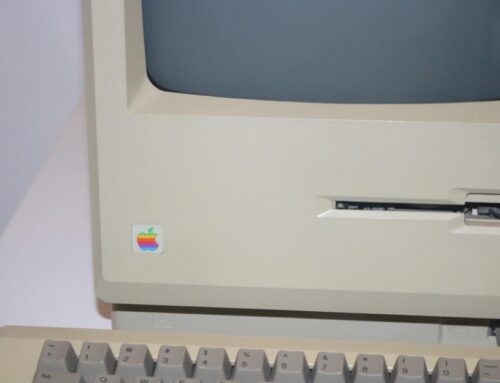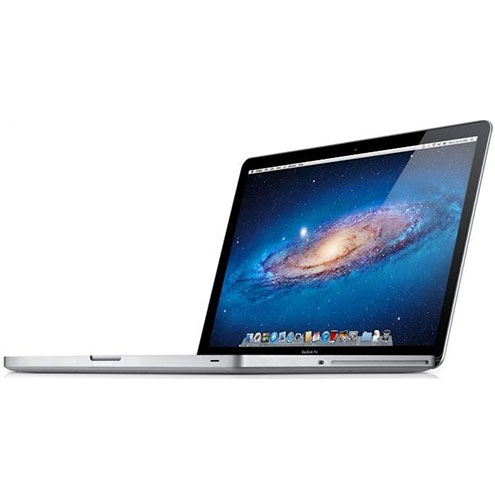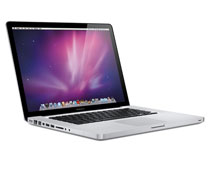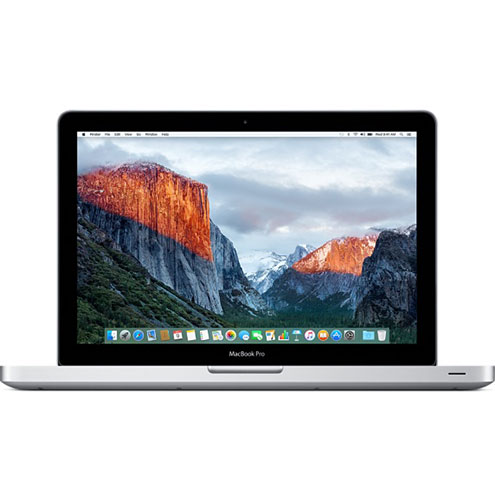The Evolution of Mac Design – A Journey Through Time: The Evolution of Mac Designs

Apple, a brand synonymous with innovation and design prowess, has been a game-changer in the realm of personal computing. From its inception, the Macintosh line has witnessed several design evolutions, marrying form and function in unique ways. Let’s embark on a journey through time, retracing the steps of Mac’s design evolution.
- 1984: The Macintosh 128K
The Beginning: With its compact all-in-one design, the original Macintosh broke the mold. It featured a built-in 9-inch monochrome display and came in a beige, boxy form. Its iconic floppy disk drive slot and carrying handle made it distinct.
- 1990s: Color and Curves
Enter Personalization: The Macintosh LC in 1990 brought color to the Mac lineup. As the decade progressed, Apple leaned into curves and playful designs. The 1998 iMac G3, in its translucent bondi blue, was revolutionary. This egg-shaped desktop, with its visible inner components and array of vibrant colors, became emblematic of Apple’s approach to user-friendly, attractive design.
- 2000s: The Era of Aluminum
Sleek and Modern: Starting with the PowerBook G4, Apple transitioned to an aluminum-centric design language. The iMac G4 featured a unique “sunflower” design, with its screen attached to a freely moving arm. By mid-2000s, Apple adopted a more minimalist and unified aesthetic. The iMac G5 and later iterations were all about clean lines, flush surfaces, and a unibody aluminum construction.

- 2008: The MacBook Air
Ultra-portability: When Steve Jobs pulled the MacBook Air out of an envelope, the world was in awe. This ultra-thin laptop set new standards for portable computer design, emphasizing lightness and compactness without compromising on performance.
- 2010s: Retina Display and Dark Mode
Crystal Clear: Mac’s design evolution wasn’t just about its externals. 2012’s MacBook Pro introduced the Retina Display, transforming screen clarity and setting a new industry benchmark. In terms of interface, macOS Mojave in 2018 brought Dark Mode, offering a dramatic new aesthetic and easing screen-time for users.
- 2015-2019: Touch Bar and USB-C
Function Meets Design: The MacBook Pro 13 Inch introduced the Touch Bar, replacing the function keys with a thin touch screen strip, allowing dynamic controls based on the active application. Additionally, Apple embraced USB-C ports, signaling a move towards universal connectors and a more streamlined device profile.
- 2020 Onwards: Return of the Familiar
Balancing Old and New: Apple seemed to acknowledge user feedback by reintroducing features from previous designs. The 2021 iMac, for instance, brought back vibrant colors reminiscent of the G3 but in a sleek, modern form. The MacBook Pro saw the return of the beloved MagSafe charger, HDMI port, and SD card slot, blending the old with the contemporary.
Conclusion:
The evolution of Mac design has been nothing short of a visual symphony, playing harmoniously to the tunes of technology, functionality, and aesthetics. As Apple continues to iterate on its products, it maintains a delicate balance: pioneering forward while occasionally looking back, ensuring its devices remain at the cutting edge of design and technology. Through each phase of its design journey, one thing remains consistent: Apple’s unwavering commitment to creating products that resonate deeply with its user base, both in functionality and form. The story of Mac’s design is not just a timeline of products; it’s a testament to Apple’s ethos of perpetual innovation.
Most Popular Models Today
-
MacBook Pro 2.4Ghz Intel Core i5 4GB 500GB SuperDrive UNIBODY 13" MD313 Late 2011
$649.00 USD $329.00 USD -
MacBook Pro 2.66GHz Intel Core 2 Duo 4GB 250GB DVDR UNIBODY 13" MC375 Mid 2010
$799.00 USD $664.00 USD -
MacBook Pro 2.9GHz Intel Dual-Core i5 16GB 256GB Flash Storage 13" MF841 2015
$699.00 USD $459.00 USD







